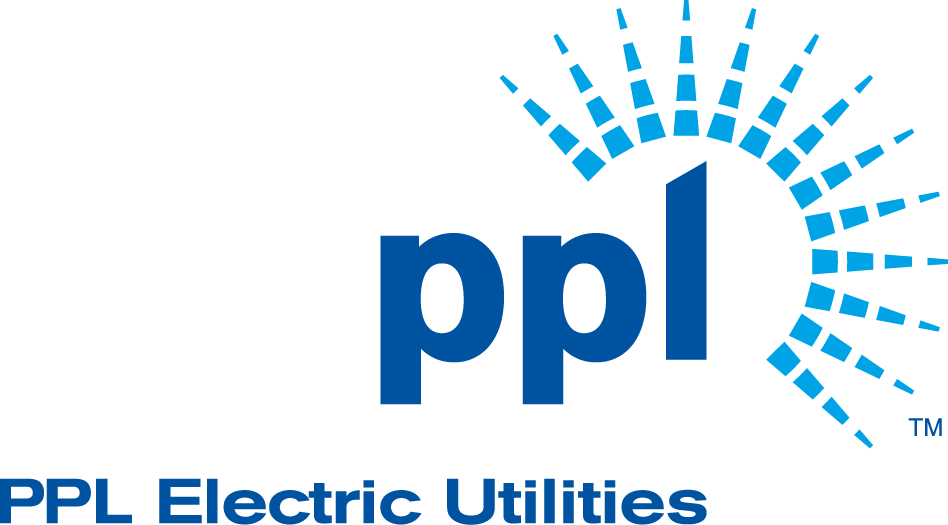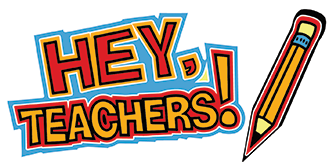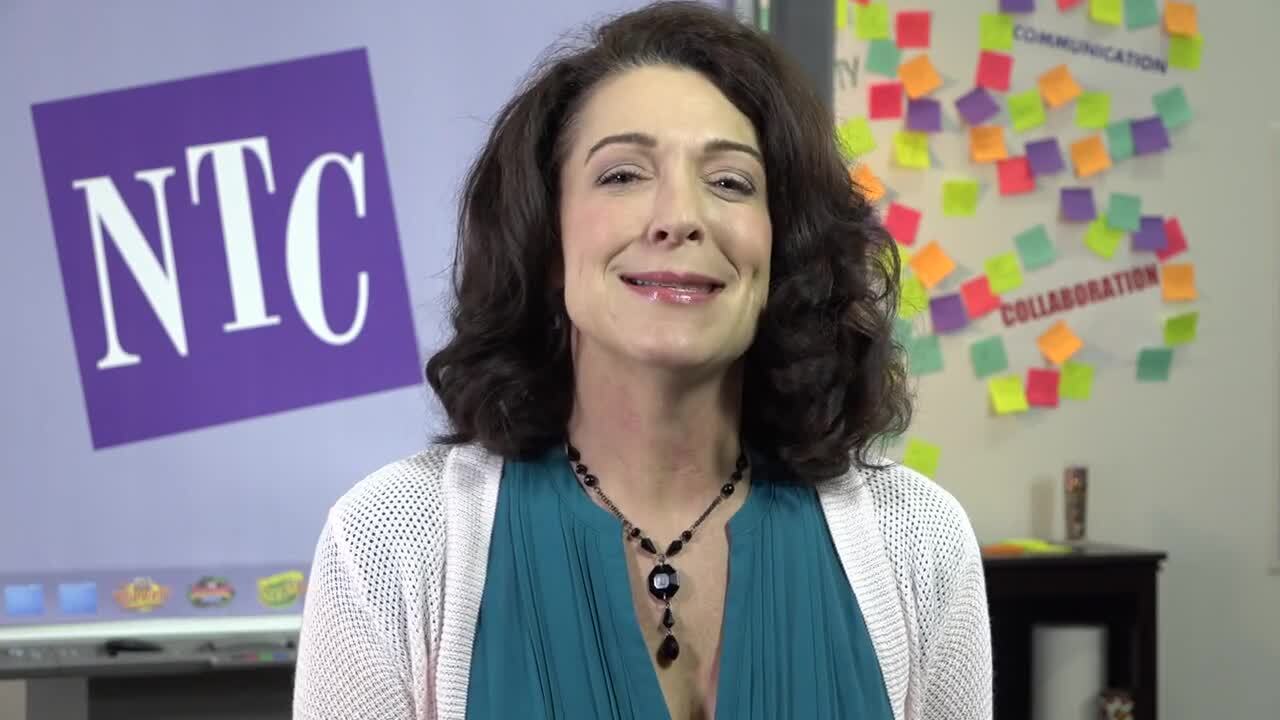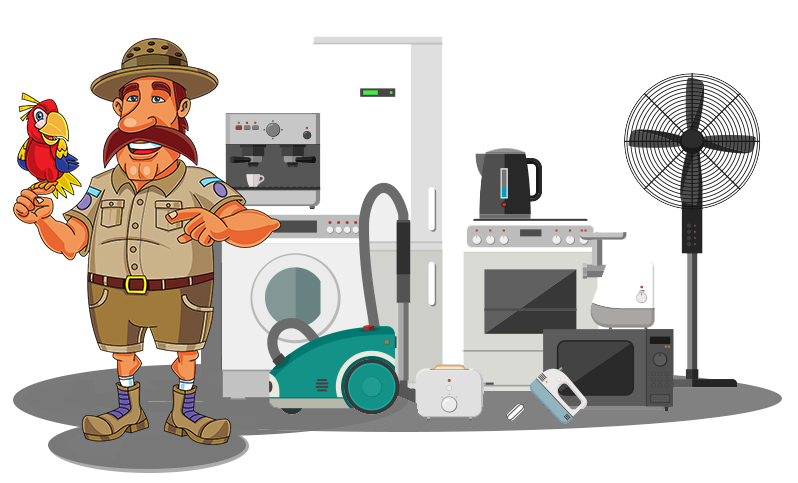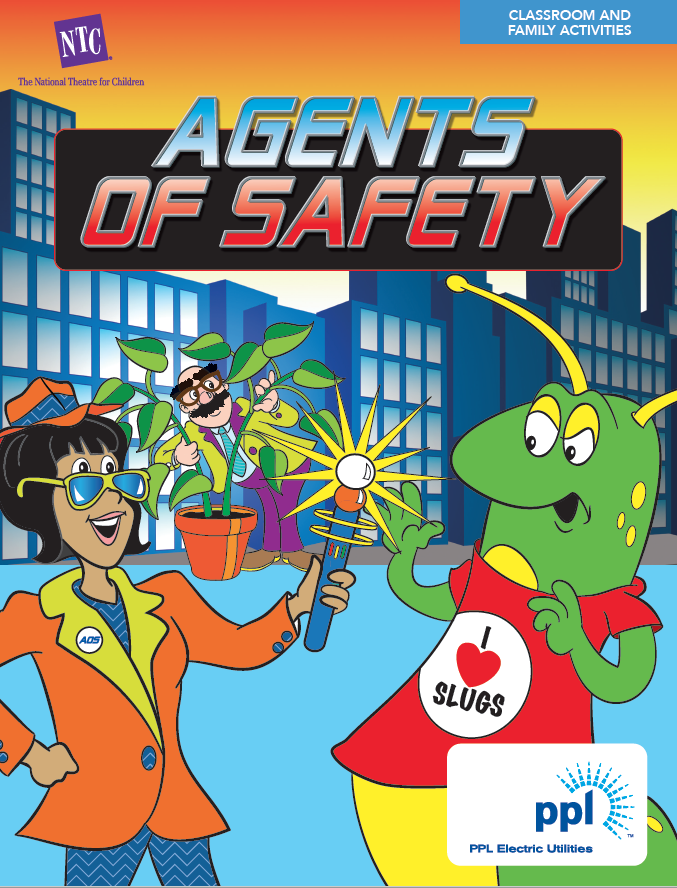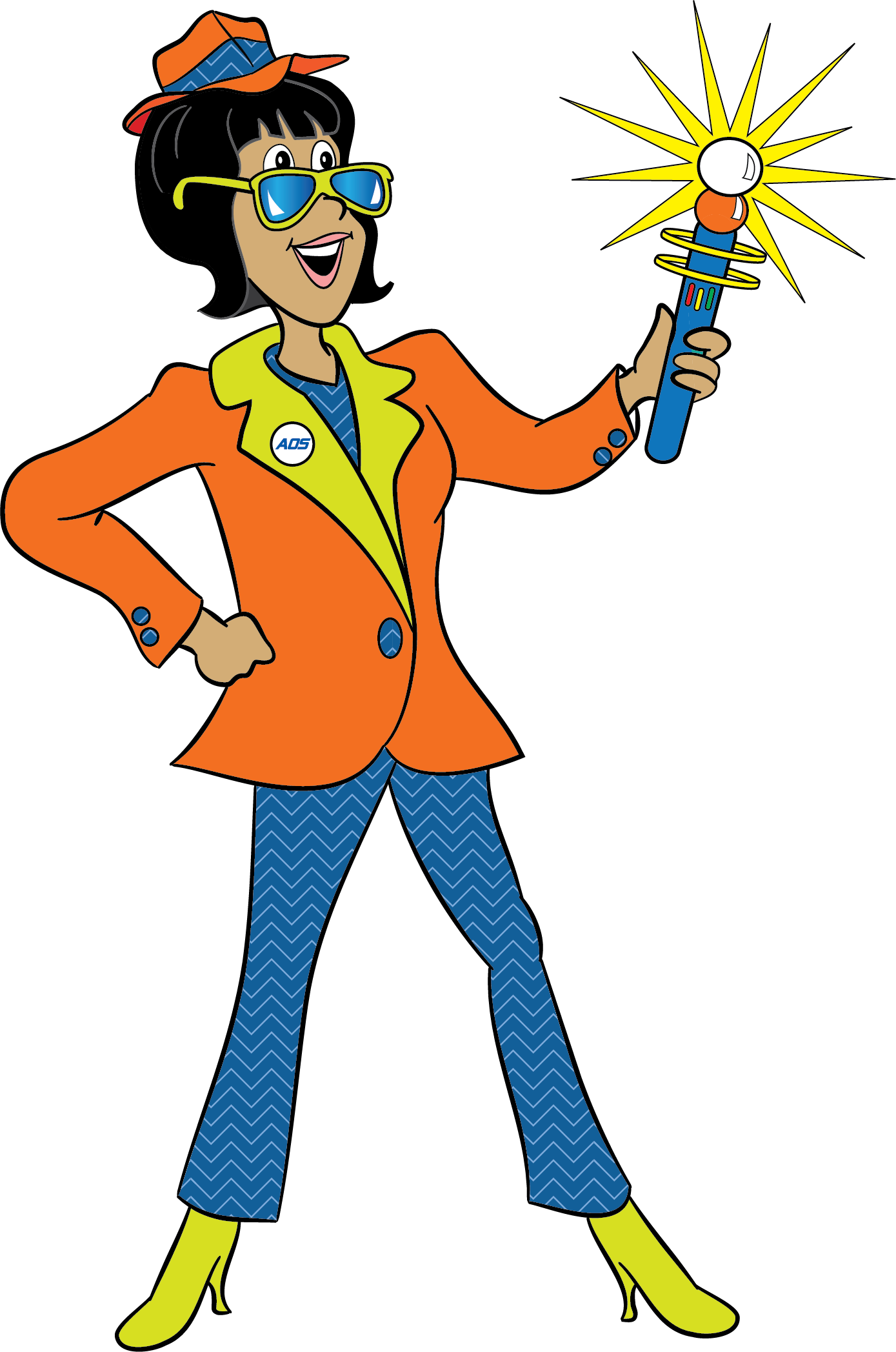NTC and PPL Electric Utilities invite you to use these e-learning resources to teach your students about the importance of electrical safety. The digital materials below are designed to get your students excited about understanding this important subject.
Want to know the best way to use the related e-book, videos, games, smart speaker activity and other lessons to educate your class? Watch this short video and learn how to easily and effectively add Agents of Safety to your curriculum!
